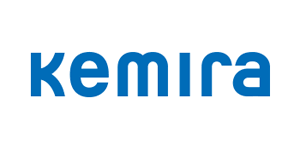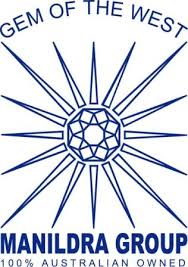A CLOSED WATER LOOP MILL
Karlien Potgieter
Process Engineer – Chemical Recovery – Visy Pulp & Paper Tumut Mill, NSW Australia
Email: This email address is being protected from spambots. You need JavaScript enabled to view it.
Keywords: closed-loop, water, Kraft Mill, zero liquid discharge
The Visy Pulp and Paper Mill in Tumut NSW, Australia, has achieved many of the goals it set at the start of operations 20 years ago. The location of Visy Pulp and Paper Tumut Mill was largely based on the availability of Radiata pine Fibre. The requirement for zero liquor discharge for further treatment off site was accepted not as a challenge but as a given when the Mill was built. Since startup, the Mill has made significant improvements to better the original water design. The Mill is in many ways a typical Kraft Pulp Mill, but it proves that it is possible run as a completely water closed Mill. Only projects that contribute towards achieving these goals are considered right for the Mill. The Mill now, more than ever, plays a key role in the vision of a circular economy and using resources to their full potential. This, against a challenging backdrop the most recently the 2020 bushfires that significantly affected the Snowy Valley and forestry industry which impacted over 58 000 hectares of forest in the areas around the Mill.
As in 2007, when the Mill first reflected on these goals, the approach remains to “do the right thing” rather than just doing. This approach has enabled the Mill to reduce the freshwater usage from an already low 4 m3 per ton of paper in the original Mill design, to 3.03 m3 per ton of paper by 2020 while more than doubling paper production. The final discharged water has almost halved since 2007 and is used for agricultural irrigation as per the original design of the Mill and plays a critical part for the successful surrounding farm operations, especially in drought years. The focus remains to improve water usage but now also includes optimizing recycled Fibre and energy usage as a key part of the circular economy targets in Australia. This paper will look back over the history of the Mill and compare the current performance to operations back in 2007, which was presented at the 2007 International Chemical Recovery Conference and look at some of the changes that have been made to improve on the water usage in the Mill.

Karlien Potgieter completed her B.Eng Chemical Engineering Degree at the University of Pretoria, South Africa, in 2007 and joined Sappi Paper and Paper Packaging in 2008 at their Enstra Mill. In 2010, she moved to the Ngodwana Mill, where she worked in several different process engineering positions in the Chemical Recovery sections of the Mill. She was also part of the Sappi Project GoCell team to upgrade the Chemical Recovery Section as part of the project to convert a fibre line to produce Specialised Cellulose. In 2017, she moved to the United Kingdom to complete a master’s degree in Energy Engineering and Environmental Management before joining Visy Pulp and Paper at the Tumut Mill in 2019. Her current role has a high focus on energy improvements and optimisation. She is a registered professional engineer with the Engineering Council of South Africa.





































